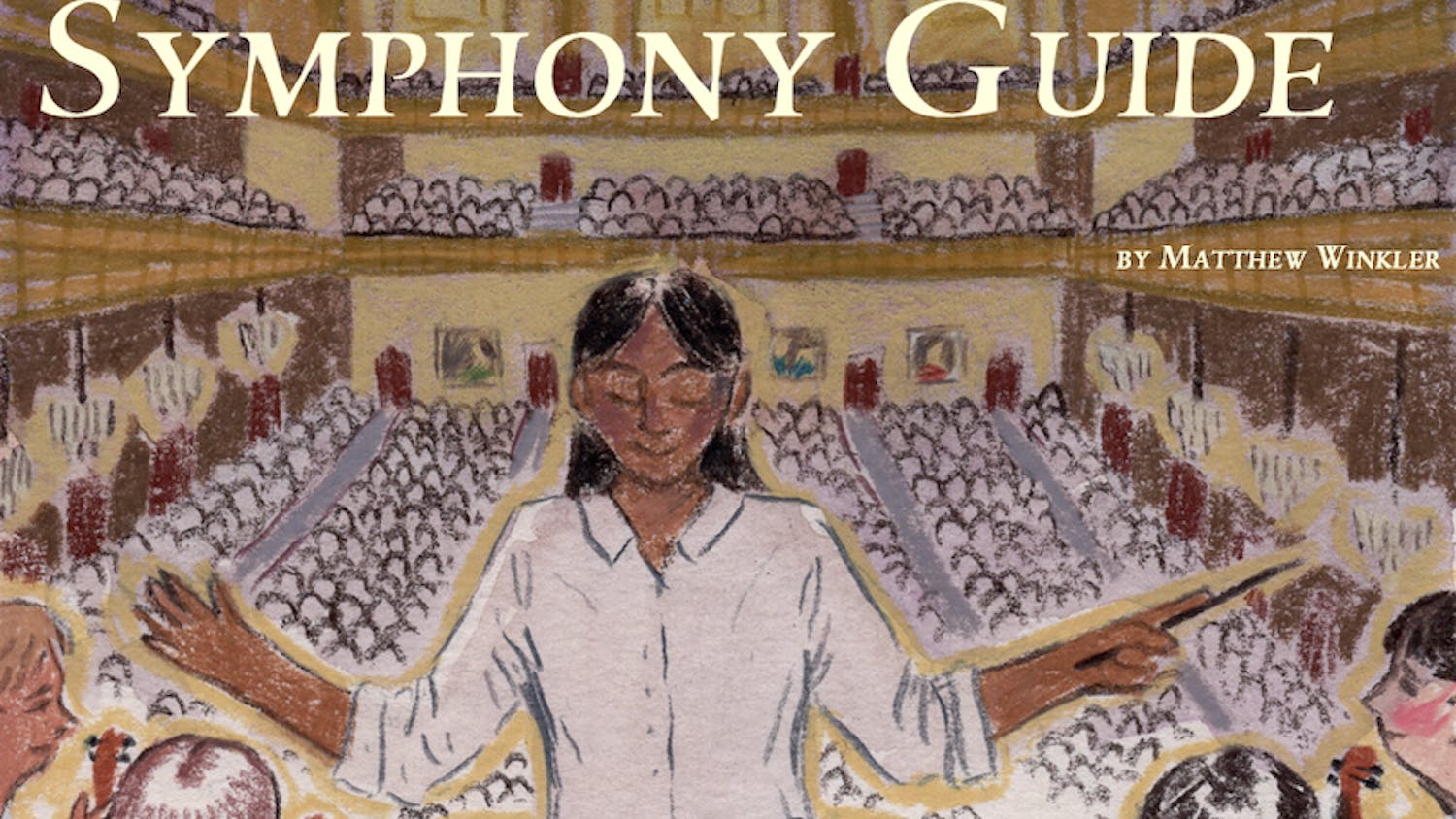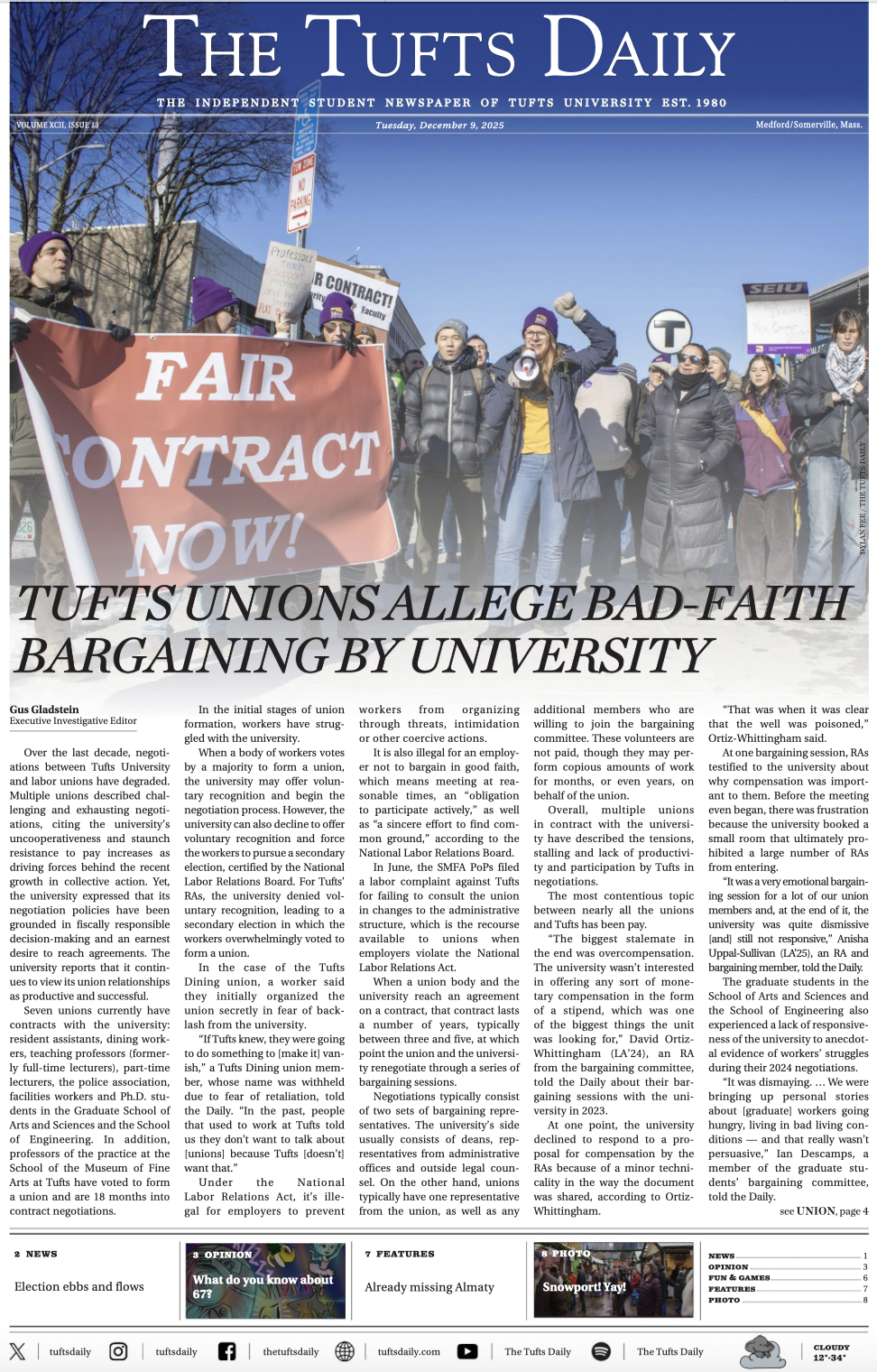With visions of Spring Break dancing in their heads, most Jumbos aren't aware that this weekend marks another celebration, one that will take place halfway around the world from Fort Lauderdale.
Next Monday, March 20, the Persian world will erupt into a celebration of nature's springtime renaissance that is the Persian New Year. Celebrated in modern-day Middle Eastern countries like Iran and Afghanistan, the Persian New Year 3000-year legacy spanning many different political regimes in that area.
Though the holiday is not commonly recognized in the U.S., Tufts' Persian Students Association, headed by sophomore Dina Rezvani, hopes to raise awareness of the event. PSA member and sophomore Meena Bolourchi sat down with The Daily to talk about the holiday.
According to Bolourchi, the Persian New Year - called Nowruz in Farsi - corresponds to the Spring Equinox, so it falls on virtually the same day each year. Unlike the modern New Year, Nowruz begins at precisely the same time everywhere in the world, so when the festivities get under way, it will be only 1:25 p.m. here in Boston, while those in Tehran will be starting their celebration at nearly 10:00 p.m.
Of course, the Persian New Year isn't just a one-shot affair. This past Tuesday, the Chahar Shanbeh Suri (Last Wednesday of the Year) festival kicked off the Nowruz season and a five-day preparatory period wherein Persian households undergo a ritual spring cleaning known as the khaaneh takani. At the Suri, participants also cleanse their souls of last year's troubles through a bonfire ceremony.
"You have all these little piles of fire," said Bolourchi, "and all the little kids run over the fire and say this verse: 'I'll give you [the fire] my yellowness (or my sickness) and you give me your redness' - that's like your happiness."
Much preparation also goes into erecting the Haft Seen, a ceremonial table that will display symbolic items throughout the New Year celebration. Covered with the ceremonial sofreh cloth, the Haft Seen is adorned with seven foods and herbs, each representing an aspect of nature's healing or life renewal properties. The Haft Seen also features one candle for every member of its household, all of which will be lit when Nowruz strikes and left to burn all New Year's Day.
For the next 13 days, Persians engage in typical holiday activities: visiting friends and relatives, exchanging gifts, and enjoying a vacation from work and school. The Nowruz season ends with the outdoor Sizdah Bedar celebration, wherein the ceremonial sabzeh (or sprouts) that were planted on the Haft Seen on New Year's Day are tied into knots and dropped into a flowing body of water.
"You take the sprouts and you tie a knot, then you make a wish and then you throw them in the water," said Bolourchi. "And then the myth that my parents told me is [that] when the sprouts...untie, then your dream will come true, or whatever you wished for."
So how do you get in the Nowruz spirit if the closest you've ever come to Persia is a fancy rug? If you've got some cash to spare, head over to the Sheraton Boston Hotel at the Prudential Center where the Iranian Association of Boston will be hosting a New Year's extravaganza on Saturday, March 18. Doors open at 8:00 p.m., and although tickets (available on the IAB's website are) are $47.50 for non-members, a student discount is available.
So when you're laying out on a beach in Cancun this Monday, make sure you wish all your fellow sunbathers an Eid Shoma Mubarak - Happy New Year!





